How to Select Land to Optimize Your Wildlife Goals
Although most tracts of land offer wildlife management opportunities, wildlife goals are more easily attained on some properties than others. This article addresses some considerations that a prospective purchaser should consider when selecting a property for wildlife goals.
Go Native
Native wildlife primarily depend on native plants for habitat. Even though some wildlife species can adapt to plant community alterations better than others, more native plants usually is better than less.
Have Habitat
Every acre possible should provide optimum habitat for the target wildlife species so a property can support the maximum number of the target wildlife. Each wildlife species has specific habitat requirements. Habitat considerations are summarized below for some of the most commonly managed wildlife species in Oklahoma and Texas.
White-tailed deer
White-tailed deer is the most commonly targeted wildlife species among landowners in Oklahoma, Texas and most of the United States east of the Rocky Mountains. Optimum deer habitat usually is 15 to 75 percent wooded with native woody vegetation well distributed throughout a property. When a property will experience relatively heavy hunting pressure, at least 50 percent woody cover is preferred over lesser amounts. Openings without woody cover should be less than 200 yards wide in at least one dimension. Several hundred native plant species should be present with good diversity among legumes, forbs, trees, shrubs and woody vines. When possible, a property should include some bottomland (riparian habitat) because it usually supports higher deer densities and native plant diversity than uplands.
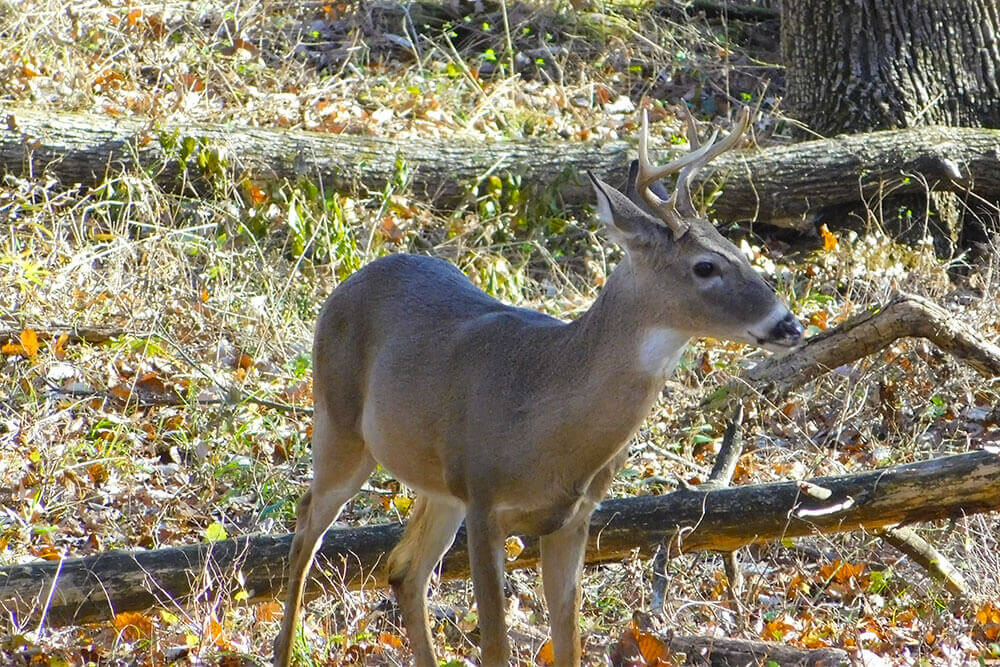
Wild turkey
Wild turkey need both woody and herbaceous vegetation with good native plant diversity. Rio Grande subspecies of wild turkey need some mature trees with relatively open understory along or near a stream or impoundment. Actively used fall/winter turkey roost sites should be present on a property managed for the Rio Grande subspecies. Eastern subspecies of wild turkey prefer mature or nearly mature hardwood forest comprising 30 to 60 percent of a property.
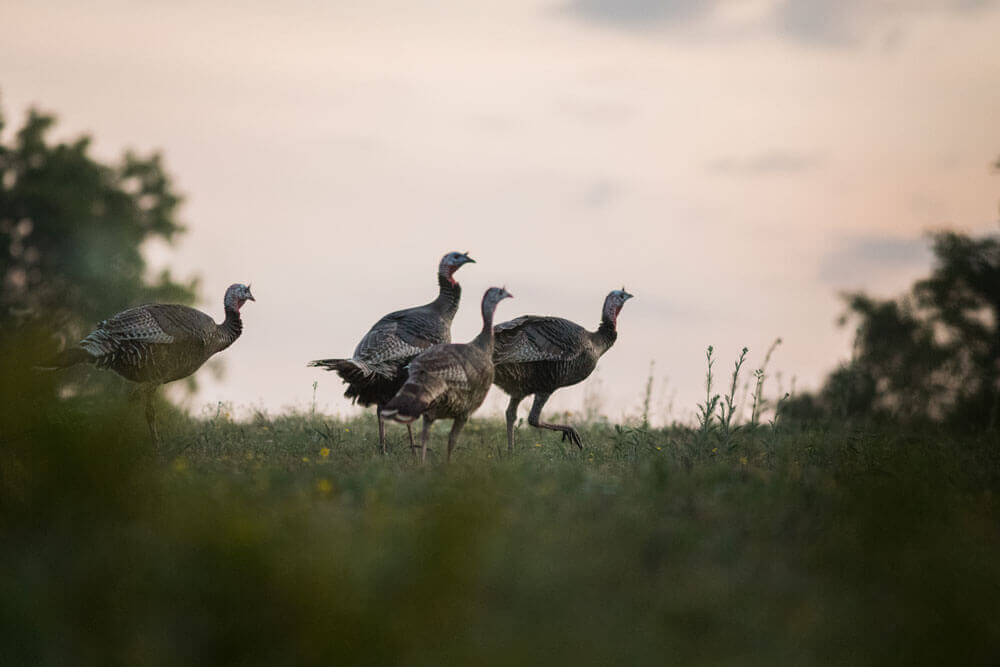
Northern bobwhite
Northern bobwhite need brushy rangeland. Sandy textured soils should dominate most of a property because they typically provide better bobwhite habitat than fine-textured soils such as clays or clay loams. Shrub cover should be well distributed throughout the property with openings without shrubby cover less than 50 yards wide. Long-term bobwhite abundances, especially during droughts, probably are best on properties with 25 to 50 percent shrub canopy cover. Properties with more than 30 inches of rainfall can support abundant bobwhite densities with 10 to 25 percent shrub canopy cover. Trees do not need to be present and can be detrimental to quail habitat when exceeding certain thresholds, such as more than 20 square feet of hardwood basal area per acre or more than 40 square feet of pine basal area per acre. A property’s average rainfall should exceed 17 inches, preferably more than 20 inches, per year.
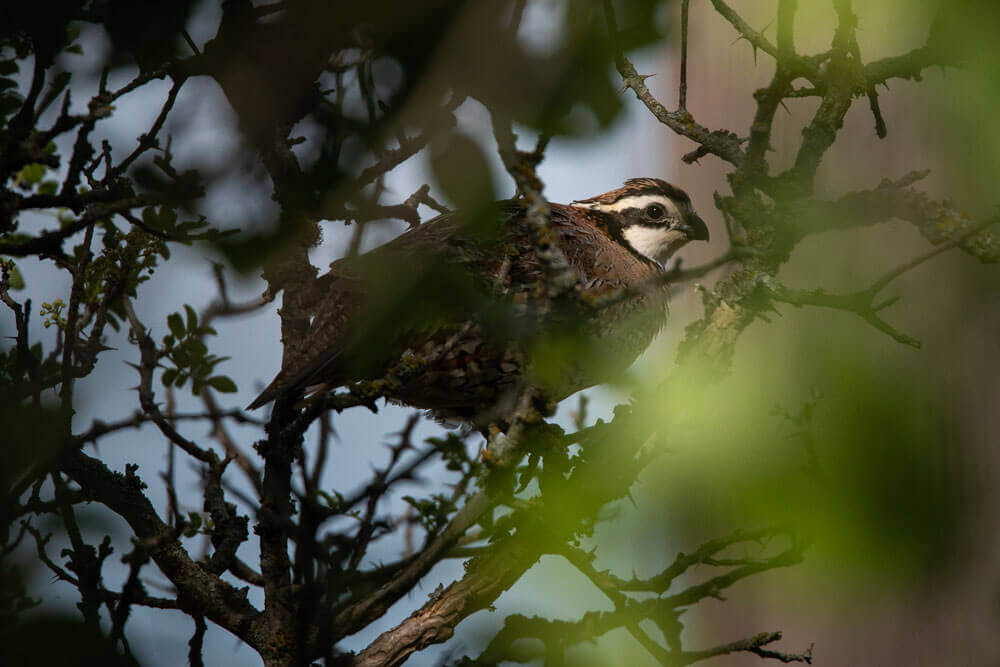
Ducks
Ducks need water. A property should have many acres of wetlands, ponds and/or lakes with substantial portions of these impoundments shallower than 3 feet deep. A property should be near a major river, lake, waterfowl refuge, or crop area with rice, peanuts or corn where ducks tend to congregate. When ducks are spooked from impoundments by hunting or other activities, they more quickly repopulate impoundments close to such areas. Impoundments on a property should be somewhat remote from public roads and other human activities, which tend to discourage ducks from using impoundments. Impoundments should have abundant aquatic plants that are duck foods.
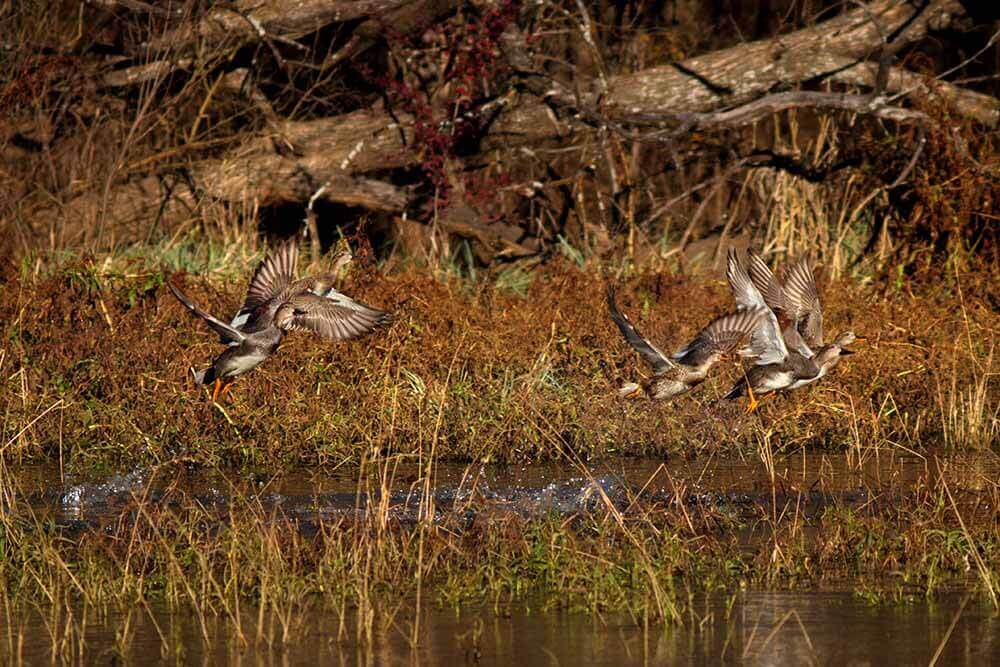
Select the Right Neighborhood
Substantial area around a property (the more the better) should provide habitat for the target species. This is especially true for successful northern bobwhite management – for bobwhite, many thousands of acres should provide habitat. A single property can support only a limited number of a target species, but a large area of habitat outside a property means more individuals of the target species spend time on the property due to natural movements.
Go Large
Soils, plant communities, rainfall, etc., limit the number of target species per unit area. As the area managed for the target species increases, the numbers of target species produced/supported increases. Thus, larger well-managed properties produce/support more wildlife than smaller ones. However, people have financial limits to what they can purchase and manage. When an individual cannot purchase and manage enough land independently, he or she can work with neighbors through a cooperative or association arrangement to effectively increase the area managed for the target species.
Wildlife can be managed and usually increased on properties without some of these characteristics, but such properties have more limitations than properties with these characteristics. This information helps a purchaser obtain the most bang for the buck when acquiring a property for wildlife purposes.

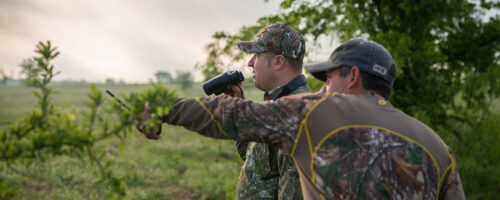
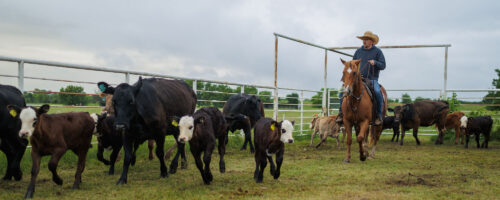
Comment